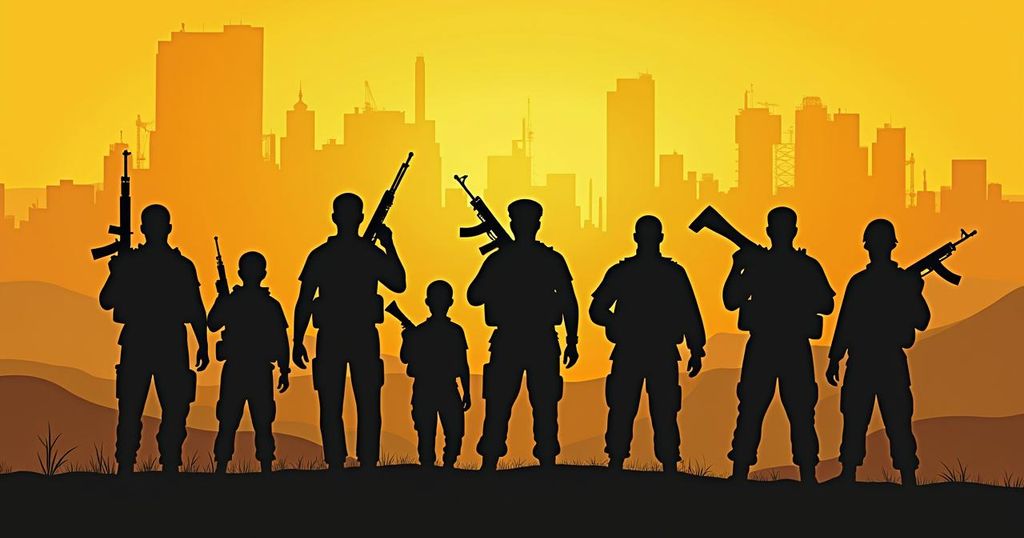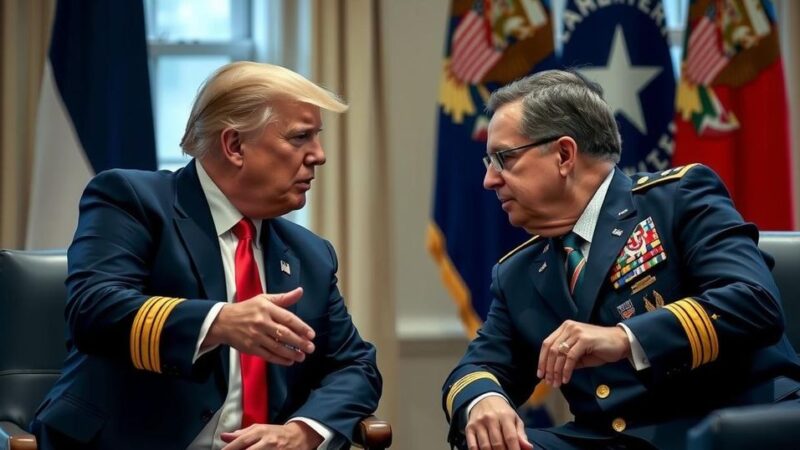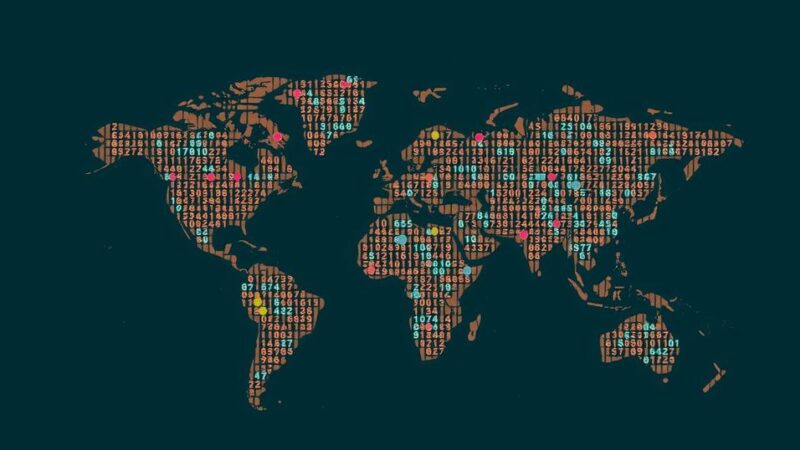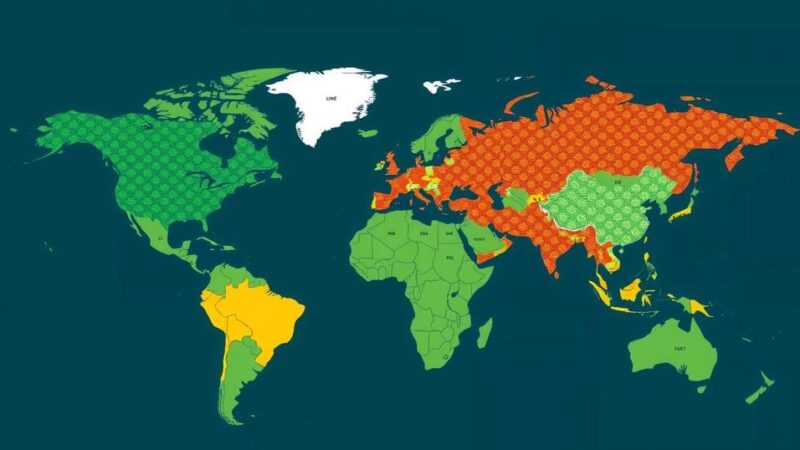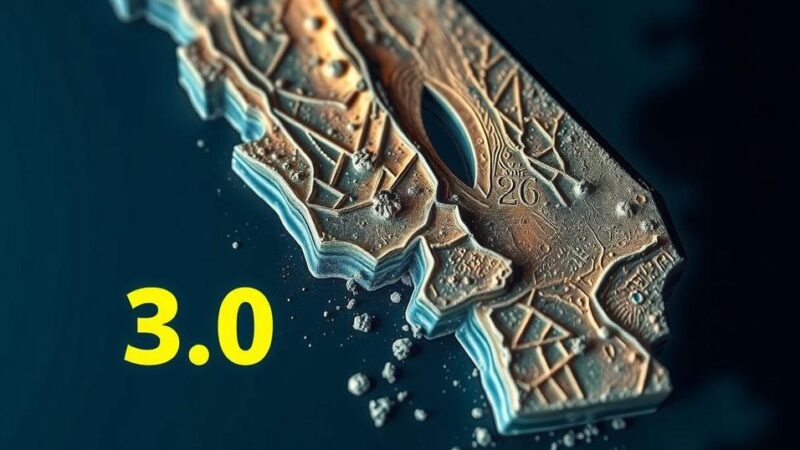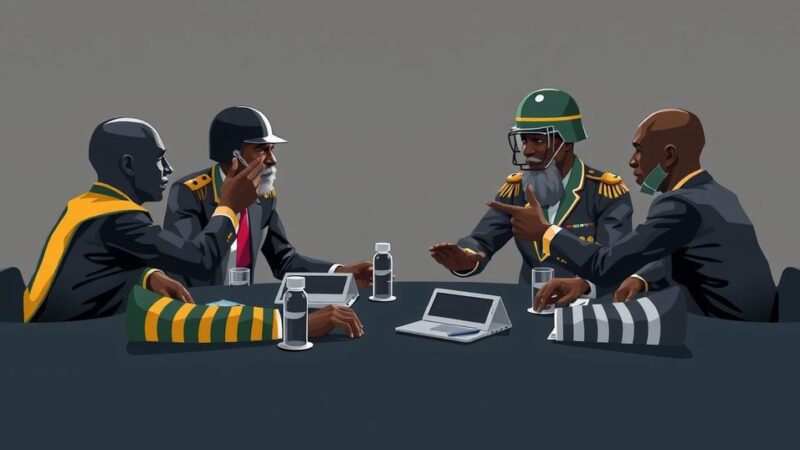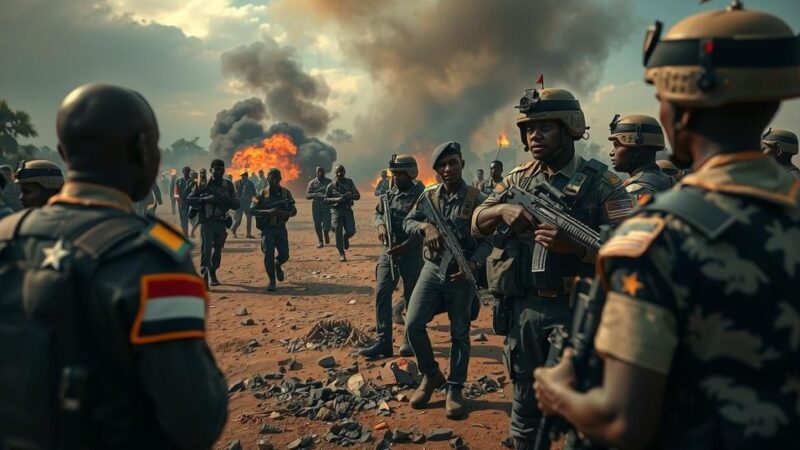Recent escalations in violence between Hezbollah and Israel have raised alarms globally, particularly following Israeli airstrikes in Lebanon that resulted in significant casualties. Hezbollah has responded with missile attacks into Israel, although these have largely been intercepted. The situation poses risks of wider regional conflict, especially involving Iran, Hezbollah’s primary supporter.
Hezbollah, the Shiite militant group originating in Lebanon during the volatile period of the 1980s civil war, has recently escalated hostilities against Israel. This intensification follows a year-long exchange of fire, culminating in violent confrontations marked by Israeli airstrikes on over 1,000 sites in Lebanon, which resulted in a devastating toll of 558 fatalities and 1,800 injuries as reported by Lebanon’s health minister. These airstrikes represent the most catastrophic day for Lebanon since the conclusion of its civil war in 1990, with subsequent attacks continuing thereafter. In response, Hezbollah has fired more than 100 missiles, rockets, and drones into Israeli territory since Sunday, predominantly intercepted by Israeli defense systems, resulting in no serious injuries or fatalities on their side. The global community, particularly leaders gathered at the United Nations General Assembly, expresses heightened concern regarding the potential for escalating violence that may involve additional regional powers, notably Iran, a principal ally of Hezbollah. Hezbollah, whose name translates to “Party of God” in Arabic, has evolved from its original intent of resisting Israeli occupation—which officially ended in 2000—into a formidable political entity and military force within Lebanon and the surrounding Middle East. The group has extended its influence and operations into Syria, Iraq, and Yemen, and maintains a deeply entrenched local infrastructure that supports both its militant actions and various social services.
Hezbollah was formed with the backing of Iran during the Lebanese civil war, primarily to combat Israeli forces that occupied southern Lebanon. Its emergence has since transformed it into a crucial player in both Lebanese politics and regional conflicts, often acting as a proxy for Iranian interests. The organization possesses significant military capabilities and has leveraged its societal ties to gain political legitimacy and influence, thereby asserting its position as a key stakeholder in Lebanon’s future and stability in the greater Middle Eastern context.
The current situation involving Hezbollah reflects a significant intensification of conflict with Israel, drawing international attention and concern. With casualties mounting and regional stability at risk, the potential for broader conflict involving powerful nations cannot be overlooked. Hezbollah’s evolution from a resistance group to a substantive political and military force underscores the complexity of the ongoing tensions in the Middle East.
Original Source: www.nytimes.com
